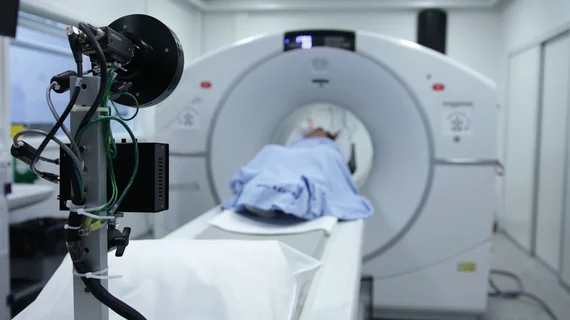National Institutes of Health (NIH) experts have developed a new high-performing MRI method that uses a low magnetic field and could open a whole new wealth of possibilities for the technology.
Developed in conjunction with Siemens, scientists said the lower use of magnetic resonance makes this technology safer to use on patients with pacemakers, quieter and easier to maintain. They also believe it will reduce the risk of heating while also dropping costs for MRI scans, both barriers to treatment, according to their study, published this month in Radiology.
“This research helps us to define new strategies that may improve accessibility and affordability of MRI as an imaging modality,” Arthur Kaindl, head of magnetic resonance at Siemens Healthineers, said in a prepared statement. “We believe the high-performance, low-field MRI will have a great impact on clinical care.”
NIH reached its conclusions by modifying a commercial MRI system with a magnetic field strength of 1.5T to operate at 0.55T. After testing it on objects similar to human tissue they moved to living subjects and found that lung imaging improved, with researchers able to more easily spot lung cysts. Heart imaging improved, too, and heating of interventional cardiology tools proved not to be an issue with this technique.
Scientists said this could open MRI to a host of new clinical uses in the future, including imaging of the brain, spine and abdomen.
“We continue to explore how MRI can be optimized for diagnostic and therapeutic applications,” Robert Balaban, scientific director of the Division of Intramural Research and chief of the Laboratory of Cardiac Energetics at the National Heart, Lung, and Blood Institute, said in the same statement.

